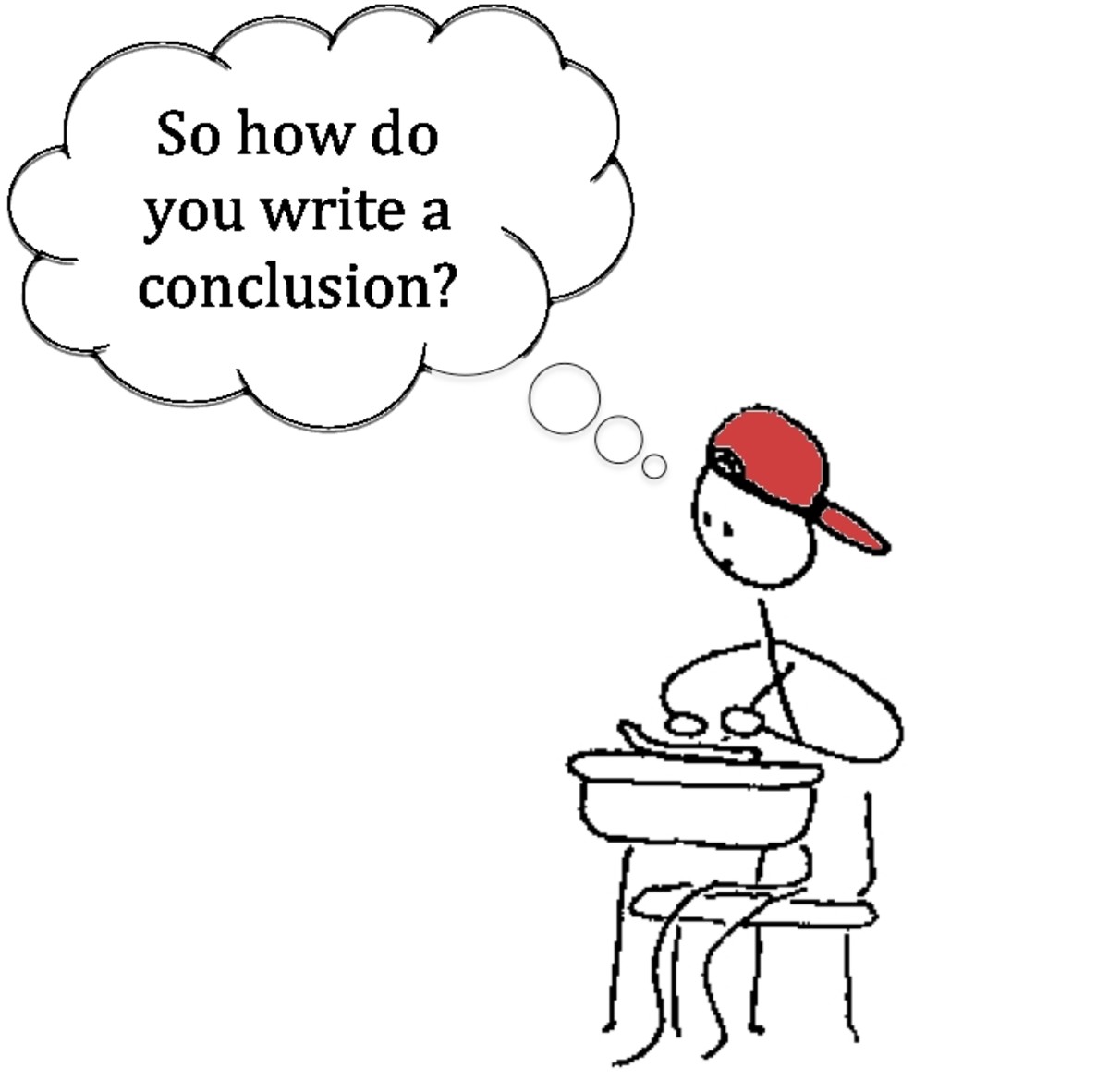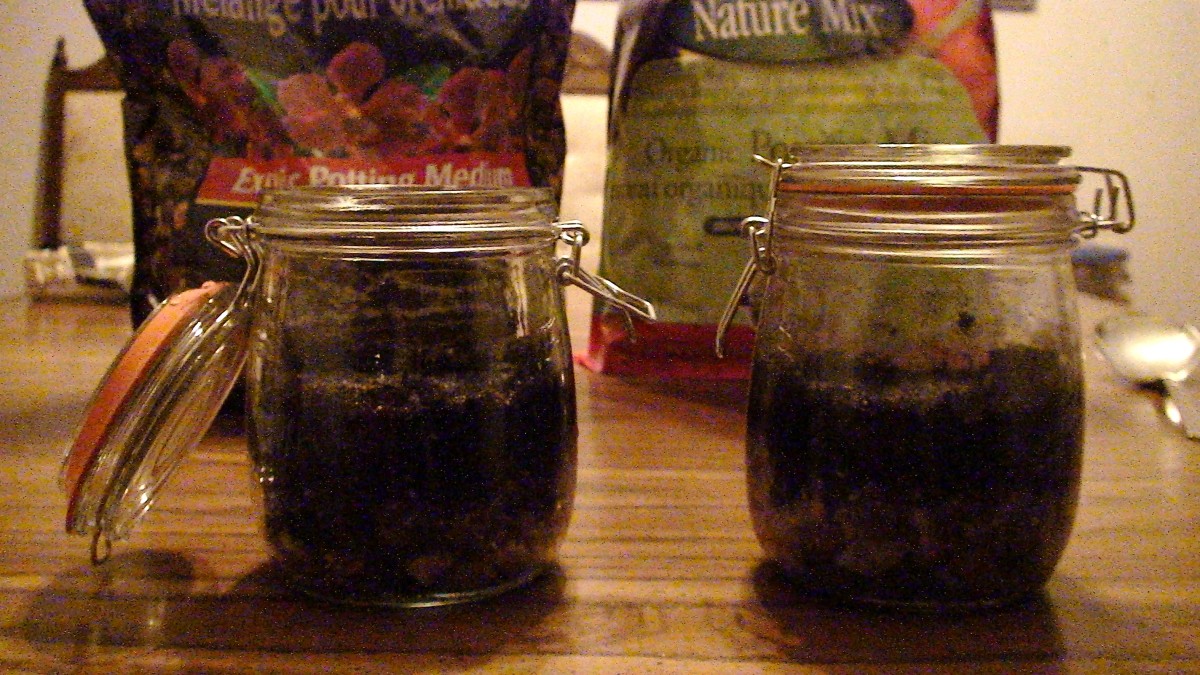How to Teach Essay Writing: Maintaining the Thesis

Keeping True to the Thesis:The Sandwich Strategy
When teaching students how to write cohesive essays, the most difficult task is keeping them on track with their thesis. Whether it's a research paper or a literary response essay, students always have a tendency to veer off of the course of their thesis. For example, the literary response essay on the development of characters through the passage ending with a paragraph rating the text.
Students have a difficult time keeping true to their thesis, making sure they stay on track from introduction to conclusion. While some of these errors certainly occur in the body of the essay, most of the time they end up in the conclusion. Conclusions are not easy to write, so they have a tendency to drift away from the topic as students try to tie up the loose ends of their essay.
When I teach essay writing, either through an introduction to it with my middle school students or as a refresher for my high school students, I've developed the Sandwich Strategy. I always tell them that they need to think of their essay like a sandwich. If they follow the rules of building a sandwich when they build their essay, they will have no problem staying true to their thesis.
All sandwiches start with two pieces of bread. The top piece is the introduction of the essay. Imagine we're building a ham and swiss sandwich. When we think of the ham and swiss, what kind of bread can we use to build our sandwich? White, wheat, rye, sour bread, etc. We need to think of our introduction as the bread we choose; it is something that holds our essay together like bread holds our sandwich together, but it doesn't give away too much. The bread, like the introduction, set us up for what is to come. We don't want to put too many details in our introduction, just our thesis statement and a few sentences to lead the reader in. It's just like when we build a sandwich; we don't want to put the mayo and mustard on the outside of the bread because it gets to be messy.
When we get to the body of the essay, it is just like the middle of our sandwich. This is where all the details go. On a ham and swiss sandwich we might have mayo, mustard, lettuce, pickle, tomato, onion, ham, and swiss. All the ingredients are relevant to the ham and swiss sandwich. All of the details in the body of the essay are related to the thesis statement. We would not want to put tuna and peanut butter on our ham and swiss so therefore we would not want to put details not associated with our thesis statement in our essay.
When we get to the conclusion, students always get lost. This is where even the most well written and organized essay can lose it because the writer goes off into another direction entirely. I always go back to the sandwich. We started with rye bread so we need to end with rye bread. How many times have you had a ham and swiss sandwich between a piece of rye and a piece of cinnamon raisin? It doesn't happen because it wouldn't make sense. When writing the conclusions, have students look back to their introduction and what they wrote. Using the introduction as a reference, build the conclusion around wrapping up the essay. And just like the introduction, don't throw mayo on the bottom of the sandwich. Any extra and new details need to be put into the body somewhere.
While this strategy breaks an essay down to a level students can understand and appreciate, it's not going to solve all of the writing problems. What it will do is help students to analyze their writing and to make revisions that will help them stay on track. It helps to begin conversations about the structure and craft of their writing. If your essay was a ham and swiss, would this detail be the mayo or the peanut butter? Look at your conclusion, is that the multi-grain bread you started with or did you switch to white? These questions put a different spin on their details and help students to read and revise their writing from a different angle, helping them to make sure the essay stays on track.






